To avoid ordering custom windows when our pockets are empty(or if you don't want to pay an expensive bill), we can cut it in resistant materials against any impact, pressure and UV. The best is PMMA, For my part, I have cut them in a polycarbonate piece(used especially for motorcycles bubbles and CRS shields). My old windows were 6 thick, news are 8 mm. we may increase the thickness but not too much to keep some flexibility in the window during its installation, it must still adhere to the entire frame. we can find pmma pieces for a cheap price or nothing in companies specialized in plastic.
To fix a window without screws we must use shims to equalize the thickness of the seal, but well the easiest way is to stick and screw it. For this we will use the sika 295(UV resistant, specialized for bonding and sealing of windows)for the seal and screw metal countersunk head stainless steel A4, with nuts and washers also stainless. There are bonding window kits including sika, primary and appropriate degreaser. We must never grease windows with acetone.
1)Preparation
First we remove the old windows slowly to avoid damages on it(they may be still useful you never know)sometimes they can still be well bonded by the old seal. we must get rid of old traces of the original seal, we sand and degrease with sika cleaner. we use old windows as a model for the news, once cut do not forget to write on it their side and their orientation relative to the boat. If there is a protective film on the material it's better to keep it for the moment, it will serve further. To cut PMMA or polycarbonate it can be easily done with a jigsaw with a special blade PMMA / PVC.
When new windows are cut and drilled we check our drilling holes on the frame, for that we fix them “dry” to verify if our drilling holes are wide and placed enough with frame's holes . It is better to fix them with all the screws, just not to have surprises when we have put all of sika! Once we have set it up, we go inside the boat and with the cutter we cut the protective film around the frame, the protective tape reminder in the window's middle will serve to keep it clean of sika.
Finally, we countersink holes on the outside face to have screw heads in the window when they will be set up(in that way nothing will be blocked on it when we will sail).
2)Well, time to work
Before we put masking tape around the window, it will draw the seal's width, and will especially limit sika and all primary. The best is to use special masking tape for rounded.
If we have no protective film on our windows, we put masking tape on it, on inside face before putting the primary. After having degreased surfaces in contact(frame/window edges)with sika cleaner we may paint them with primary.
(Notice: primary and sika are black to hide any imperfections or bubbles on the seal)
Then sika is applied on the windows passing outside screw holes.and we stick and screw!
The window is a bit screwed as a car's wheel, we cross tightened screws each time by going from one side to an another of the window, to have a balanced seal's thickness everywhere. we don't tighten at the max while sika is not dry yet. we should foresee some turns more when sika will be dry, to ensure good sealing of all.
Then we are able to smooth the seal with our finger wet in dishwashing liquid.
For a better finish we can add up sika on windows edges(first we will put masking tape to hide on the outer edges…)and smooth all with a flexible spatula dipped in dishwashing liquid. Then we undo the tape on the window and around the window. Once all is dry and screws tightened at the max after drying we can check the sealing.
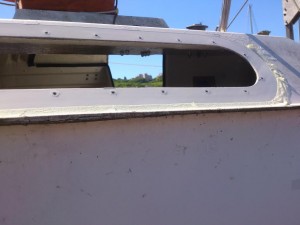
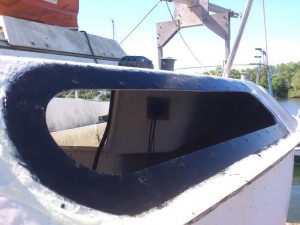
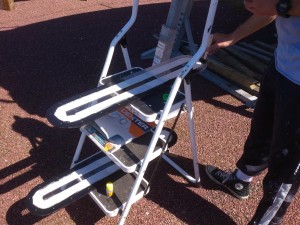
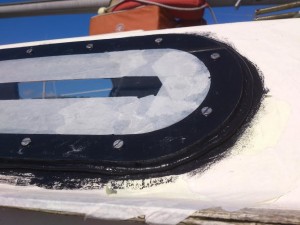
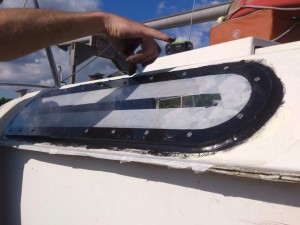
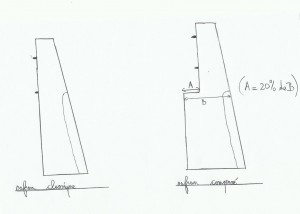
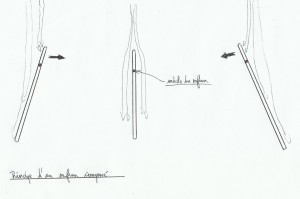
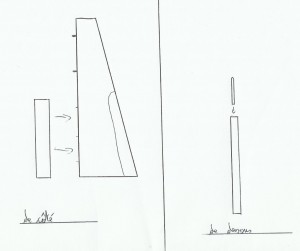
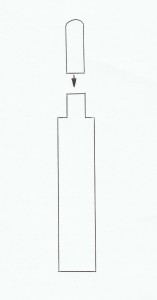
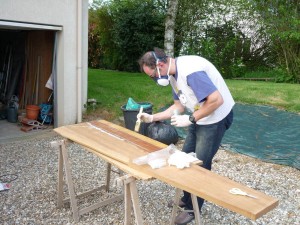
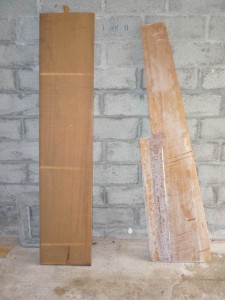
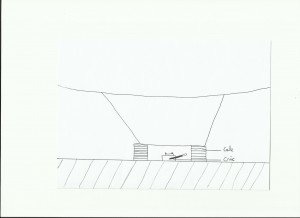
![quille5 [70]](http://www.xn--bbures-amores-ieb.com/wp-content/uploads/2014/01/quille5-70-168x300.gif)
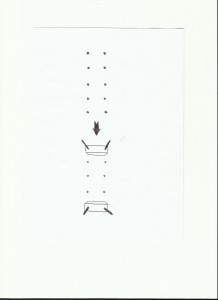
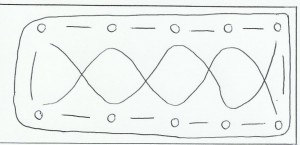
![quille2 [70]](http://www.xn--bbures-amores-ieb.com/wp-content/uploads/2014/01/quille2-70-168x300.gif)